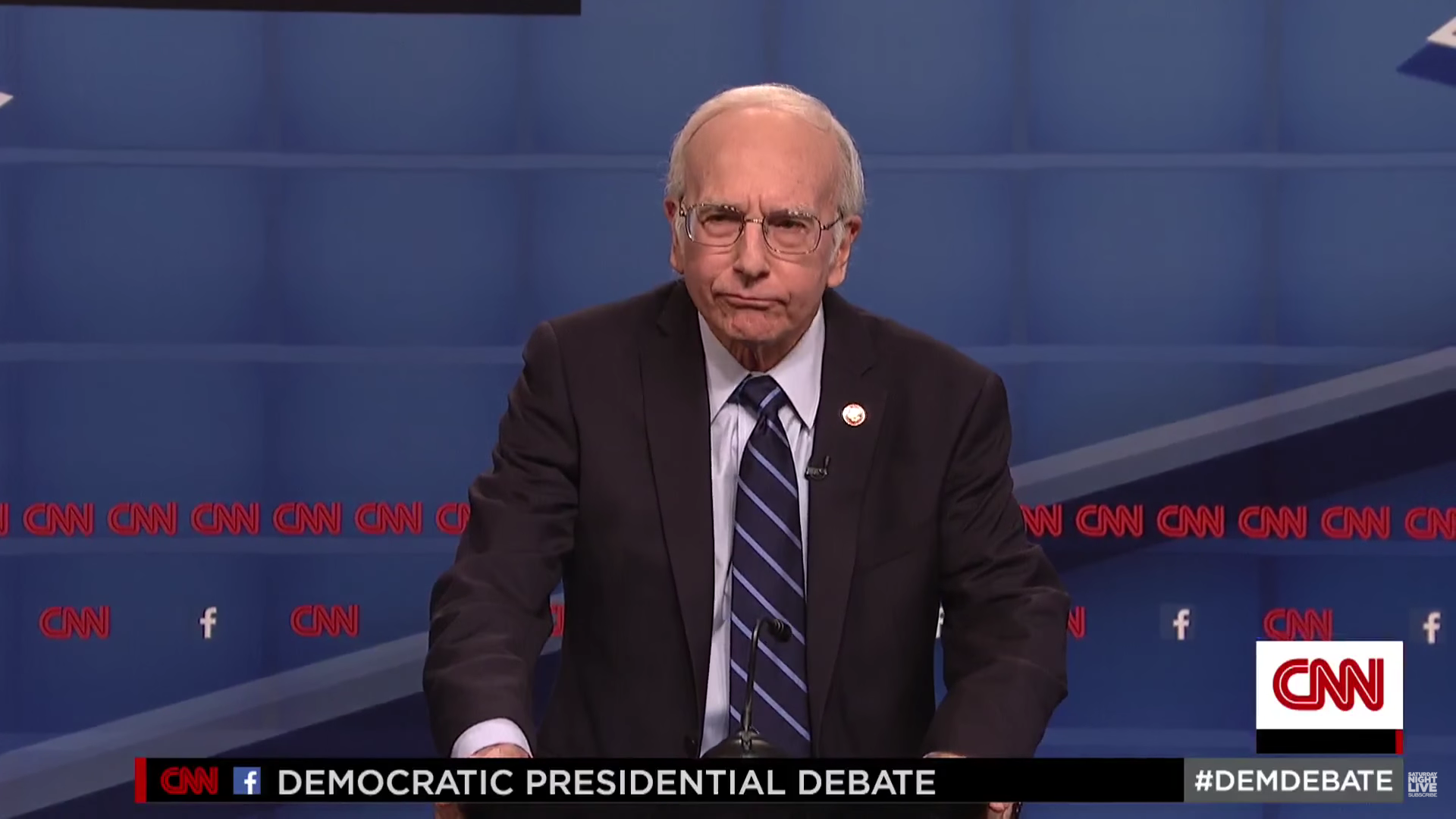Sarah Palin can see Russia from her house. Bernie Sanders wants your vacuum pennies. Hillary Clinton thinks she gets to be the “cool black guy” this election cycle.
Luckily, none of these statements are from the actual candidates themselves. Instead, they originated from the highly anticipated political impersonations that dominate Saturday Night Live during every election season.
Political humor has always been ingrained in SNL. In the 1970s, there was Dan Aykroyd’s overly considerate President Jimmy Carter. At about the same time, Chevy Chase played a bumbling Gerald Ford during his time as president from 1974 to 1977. And after his 2000 election, George W. Bush was depicted as a well-intentioned but childish bumpkin by Will Ferrell, who was followed by three other Bush impersonators after his 2002 departure.
But only since the 2008 election cycle has SNL seemed to really tap into the minds of American voters, crafting political comedy that’s as controversial as it is influential and as hyperbolic as it is rooted in truth.
In other words, SNL‘s political sketches have quickly become a centerpiece and anchor of the show, as they not only poke fun at the most notable political players, but also dramatically shift public perception of candidates as well.
It all started with Tina Fey’s portrayal of Palin. Almost immediately after John McCain announced Palin as his choice for vice president in 2008, the Alaskan governor became a comedic gold mine.
In an interview with Katie Couric, Palin couldn’t name one newspaper she reads. In an ABC News interview, Charles Gibson caught Palin in a web of uncertainty as she couldn’t answer what the Bush Doctrine was. During campaign stops, she gained nationwide attention for her famous one-liner about the difference between a pitbull and a hockey mom. (The answer, for the painfully clueless, is lipstick.)
Fey basically had all her material from the get-go. Sure, she added some funny quotes that exaggerated Palin’s eccentricities, but a sizable portion of her skits were ripped nearly word-for-word from the candidate herself.
The true dagger was Fey’s iconic “I can see Russia from my house” line. Although never uttered by Palin, there were rumblings that the joke adversely impacted the viability of the McCain-Palin ticket.
One study quantifies how Fey — instead of just eliciting laughter — actually altered the public’s perception of Palin.
More than 45 percent of young Republicans and independents who watched Fey’s impersonation of Palin said Palin’s nomination lessened the likelihood that they would vote for McCain, according to a 2012 study published in the Public Opinion Quarterly journal. Just 34 percent of young Republicans and independents who viewed election coverage that wasn’t SNL said the same thing.
By the time the 2012 election rolled around, the oh-so-cool Barack Obama of 2008 was a bit older, a bit more reserved and a bit more grey-haired. And Jay Pharoah’s 2012 SNL portrayal highlighted that. The new Obama often stopped mid-sentence to let out an excruciatingly long “uh” and faced encounters in which he tried to sway disgruntled voters that supported him four years prior. On the other hand, Jason Sudeikis’ Mitt Romney reveled in the Republican presidential candidate’s perceived lack of connection with lower-income voters, painting him as a out-of-touch plutocrat.
And sure enough, according to exit polls, Obama won 81 percent to 18 percent among the 21 percent of voters who said the most important trait of a presidential candidate is whether he “cares about people like me.” It’s the conundrum of the chicken and the egg — did Sudeikis actually make Romney appear a less empathetic figure, or did he merely just tap into existing public sentiment? But the fact that the question can be legitimately pondered shows SNL has the wide-reaching influence to make either option a possibility.
Now, as we stand on the cusp of what could be the most unpredictable and bombastic presidential election ever, SNL seems to have hit its stride.
Played by fifth-year cast member Taran Killam and SNL veteran Darrell Hammond, the show’s Donald Trump expertly matches the hubris and antagonistic attitude toward fellow Republican candidates exuded in real life by the billionaire. Kate McKinnon’s Clinton effortlessly reeks of self-entitlement, an incessant drive for success and a desperate yearning for youth votes — even to the point of yelling “Yas, queen!” in one skit. Larry David’s Sanders, just as crotchety as he is ridiculously frugal, is so spot-on that David seems tailor-made to play the democratic socialist from Vermont.
Add in an often-ignored Martin O’Malley, a lackadaisical Ben Carson ready to doze off at any second and a pitifully awkward Jeb Bush, and you have the most dynamic assortment of political satire the show has ever seen.
Yet imaginative skits from SNL‘s writing team are what truly makes this year’s political humor stand among the best. One skit shows McKinnon’s Clinton struggling to record a “personable” campaign announcement video for social media, instead screaming, “CITIZENS! YOU WILL ELECT ME. I WILL BE YOUR LEADER.” Another skit shows the real-life Clinton playing a bartender named Val as she gives political advice to McKinnon’s portrayal of her, with the two exchanging quips about Clinton’s stances on marriage equality and the Keystone Pipeline. But the best scene has to be the return of Amy Poehler’s Clinton and Fey’s Palin from 2008, when different eras collided and both ran into McKinnon’s present-day Clinton through time travel.
Each skit obviously strives for the utmost humor. But just like all political SNL skits, they also serve another important role: to make you reconsider the candidate by making light of the common narratives that dog his or her campaign.
We still have roughly eight months before the general election, which means a lot of campaign revelations and subsequent political sketches are still on the way. But if SNL can keep harvesting laughter and encouraging critical thinking throughout the 2016 election cycle — as it has done so far — this cast is one for the history books.



